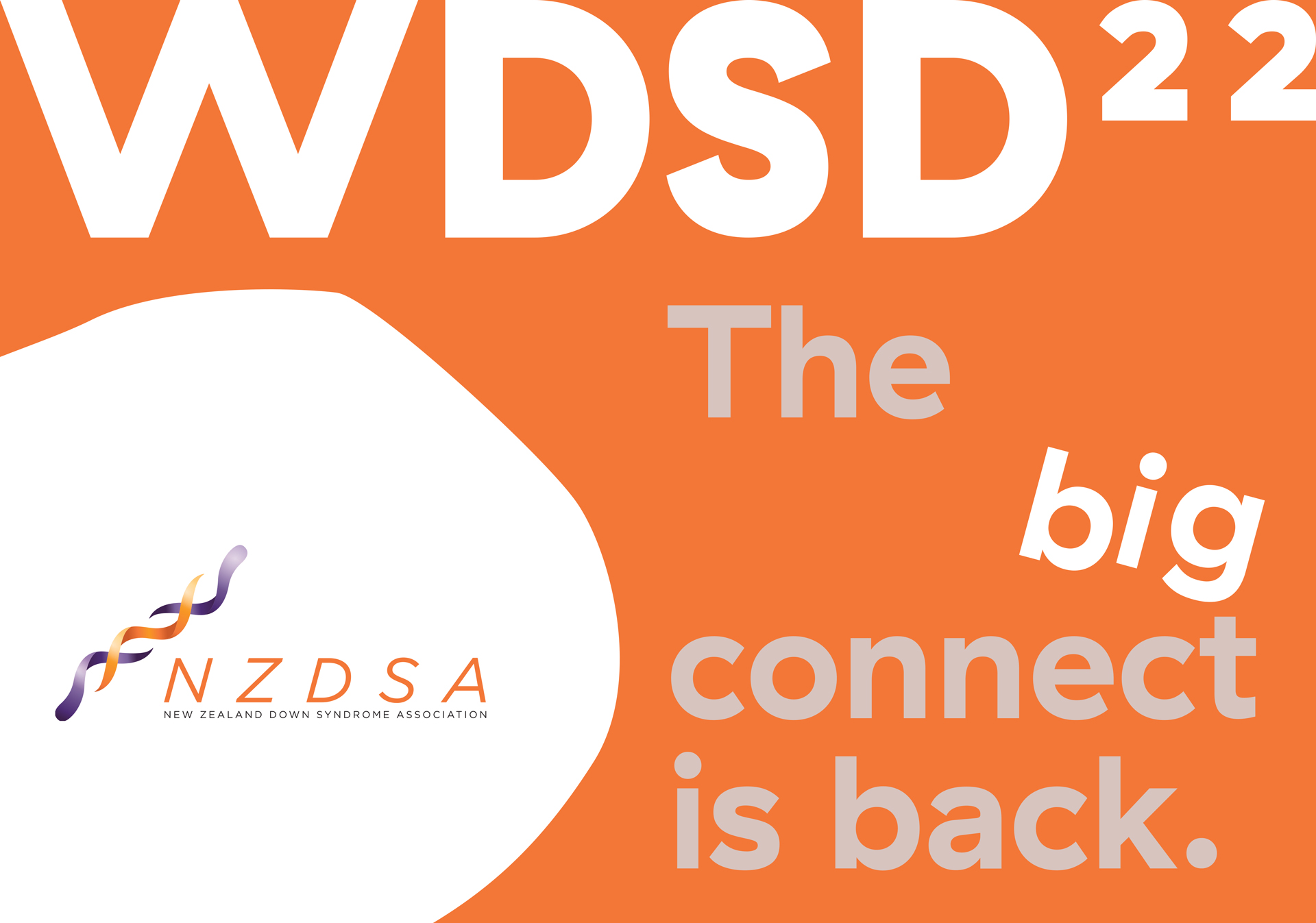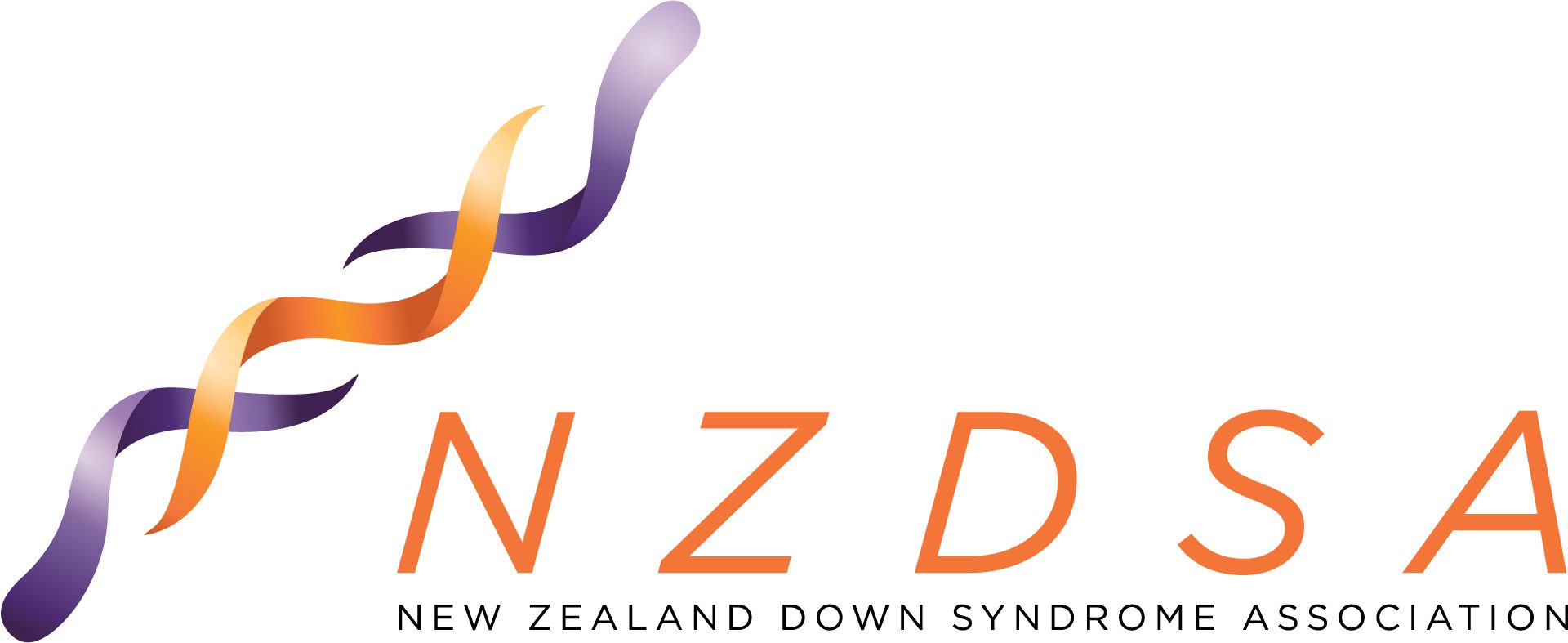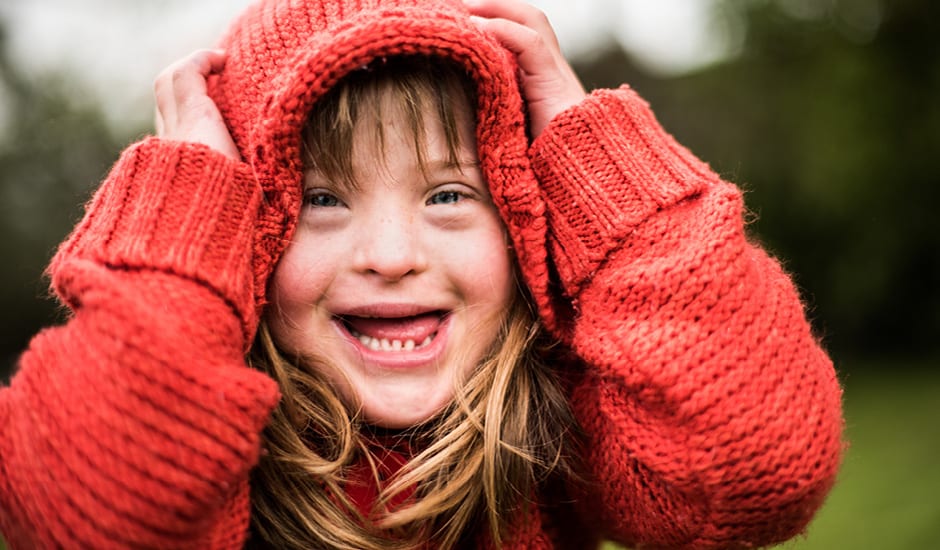

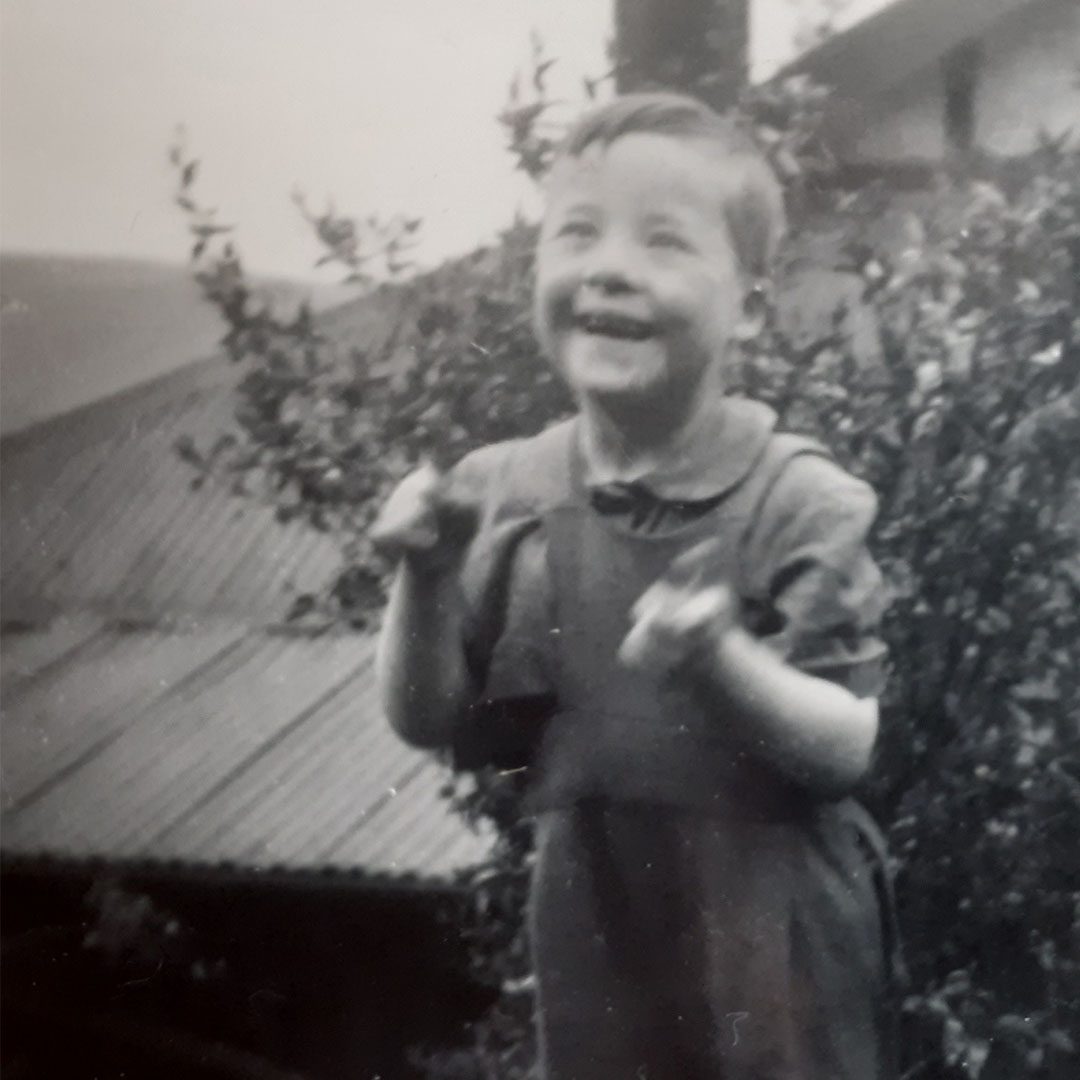
Shona & Roderick: a lifelong relationship By Sarah Paterson-Hamlin
Siblings all together We’ll probably never know for sure, but Shona suspects that her little brother, Roderick, might be the oldest person with Down syndrome in Aotearoa. Shona was two when Roderick was born, and the two have now been blessed with 75 years (and...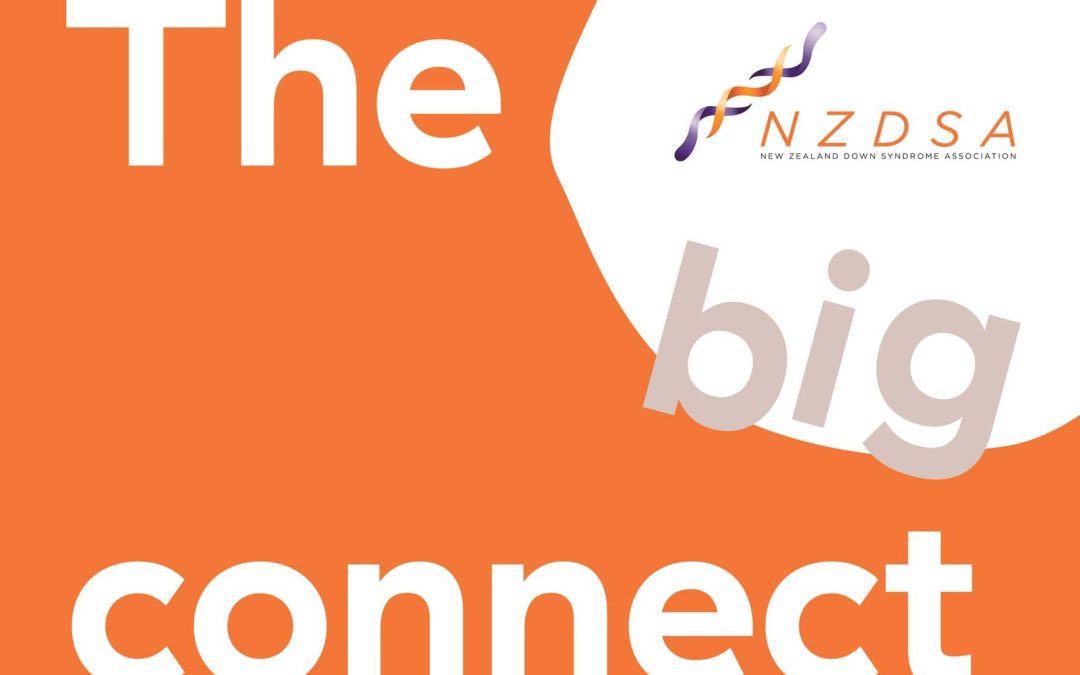
The Big Connect
STEP UP A group of people with Down syndrome who have shown an interest in self-advocacy and want to work their way into the STRIVE team. Home 9 Search query for: pati Stand up loud Talk about Empowering People with Down syndrome to have Universal Participation...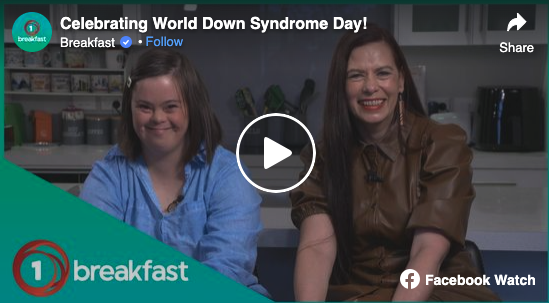
Breakfast TV focuses on World Down Syndrome Day
STEP UP A group of people with Down syndrome who have shown an interest in self-advocacy and want to work their way into the STRIVE team. Home 9 Search query for: pati Stand up loud Talk about Empowering People with Down syndrome to have Universal Participation...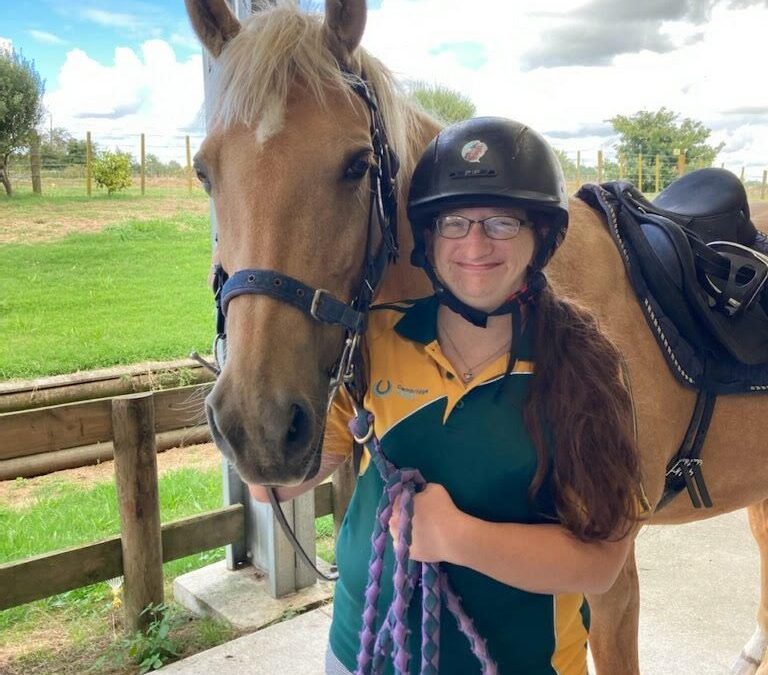
World Down Syndrome Day highlights barriers to full inclusion
STEP UP A group of people with Down syndrome who have shown an interest in self-advocacy and want to work their way into the STRIVE team. Home 9 Search query for: pati Stand up loud Talk about Empowering People with Down syndrome to have Universal Participation...